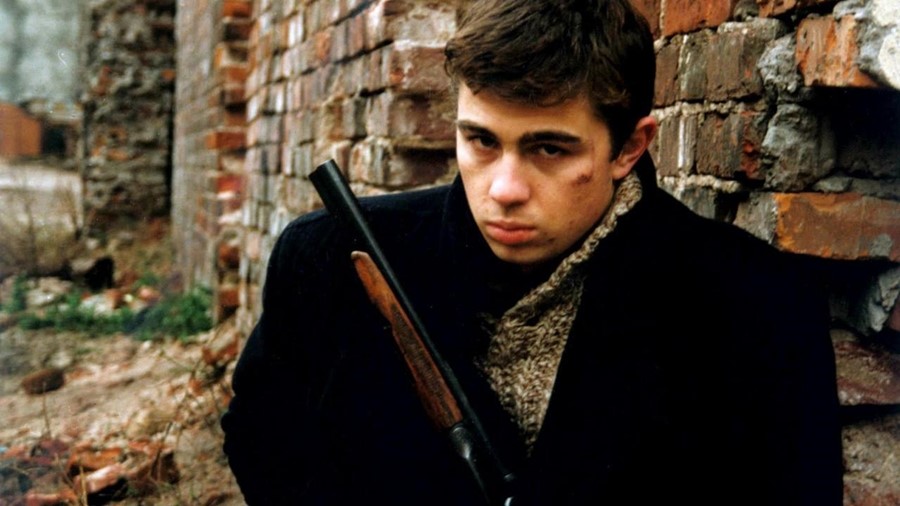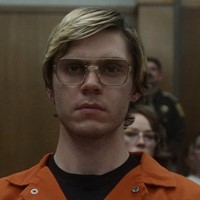Recently referenced by Gosha Rubchinskiy, the duo of films offer a way of understanding Russian youth of the time
This month, at the crescendo finale of Gosha Rubchinskiy’s AW18 show in Yekaterinburg’s Yeltsin Center, a chorus of male models performed an acapella version of legendary Russian rock band Nautilus Pompilius’s heartbreaking 1985 track “A Farewell Letter”, better known by its chorus line “Goodbye, America”. In an era of hacking scandals and collusions, sanctions and isolationism, the message is easy to misinterpret, but the song is less a Soviet call to abandon the West, and more a requiem for an escape to a country a Soviet citizen will never see, or at least a version of that country as a Soviet citizen might picture it.
The song has been incorporated into several soundtracks, the most popular of which was that of the legendary Brat 2 (Brother 2, 2000), the magnum opus of director Aleksei Balabanov, a favourite of Western film buffs. It’s difficult to encompass in a sentence what the song and the movie mean for Russians, but Rubchinskiy himself put it this way: “It was an iconic movie for my generation about the 90s. Like Trainspotting was for England, Brother was the same for Russian people, the same generation.”
Yekaterinburg (Sverdlovsk at the time of his birth) was Balabanov’s hometown, and the Yeltsin Center served as a perfect place to set the Gosha show in – a museum demonstrating what seemed to be Russia’s destiny, after the country’s first democratically elected president took power. Although the song comes from the sequel, Rubchinskiy was referring to the lesser-known first Brat movie, finished by Balabanov in 1997. Serving as a period piece of Russian post-Perestroika malaise, Balabanov, by his own admission, “wanted to make a movie about musicians and gangsters, since that was who my friends were.”
Here are five reasons why the film’s main character, Danila Bagrov (played by Sergei Bodrov), and its director became national heroes – or rather, anti-heroes – and why the Brat duology remains as fresh today as it did 20 years ago.
IT’S KEY TO UNDERSTANDING A GENERATION OF RUSSIANS
At its core, the premise of the first of the Brat films is simple – a young man, coming back from a war, struggles to find the remnants of his family, his life and his purpose. He gets into trouble with the local mob and has to fight for his survival. The story, despite the abundance of violence, xenophobia (most of which is exhibited by the protagonist) and death, did not truly shock the Russian viewers of the late 90s. Desensitised by the enormous amount of death, crime and violence on the TV at the time (the term “chernukha”, a popular slang term coined in Russia in the late 1980s, literally means ‘darkness’, in relation to the arts and media of the era), filmgoers instead felt Brat was a true reflection of Russia’s present.
Knowing someone in the mob was a mundane thing, since mobsters were, quite literally, everywhere. I still remember my mum being invited on a date with a “novy russky” (a nouveau-riche gangster) and having to cancel, then finding out later that he and his car had been riddled with bullets as he waited for her.
The drive to exist and to thrive that Bagrov exhibits – gunning down mobsters, taking hostages and avoiding hitmen – is a drive known to any Russian hoping to break free from poverty into a new world, filled with possibilities, danger and untold success.
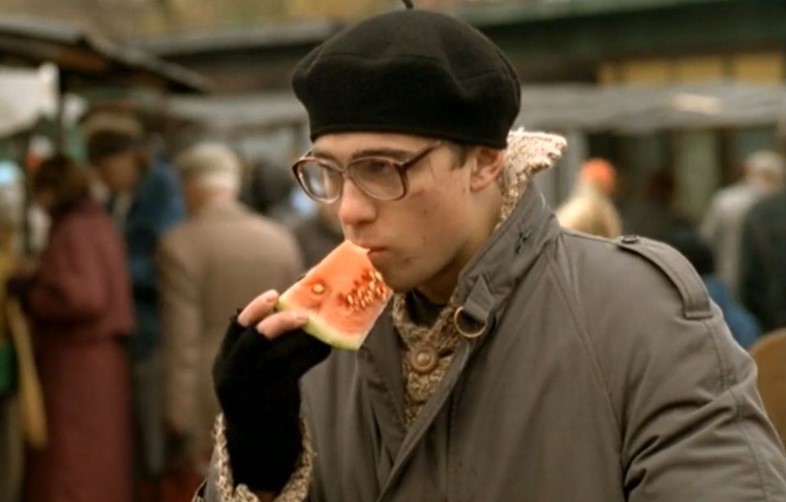
IT’S A MIRACLE THAT BRAT GOT MADE AT ALL
Not a single national channel wanted to finance the making of Brat. Having written the script in a small cabin where he and Sergei Bodrov would often go to drink and talk, Balabanov found that nobody wanted to fund it – he had to do it himself, through the company he founded in 1992. At the start of filming, the crew had a maximum budget of $20,000, and most actors worked for free, bringing their own clothes from home.
Svetlana Pismichenko (who plays Danila’s love interest Sveta) received only around $1,000 for her role and had to learn to drive a tram on the set, while the film’s director of photography, Sergey Astakhov, took the role of a truck driver when no actor could be found to play him. Considering the critics at the time hailed the eventual release of Brat as “the most important event of the year”, and that three years after the release it was still one of the best-selling movies in the country (at the same time its sequel, Brat 2, topped the list), the effort put into actually creating Brat makes it a unique example of a filmmaker’s determination.
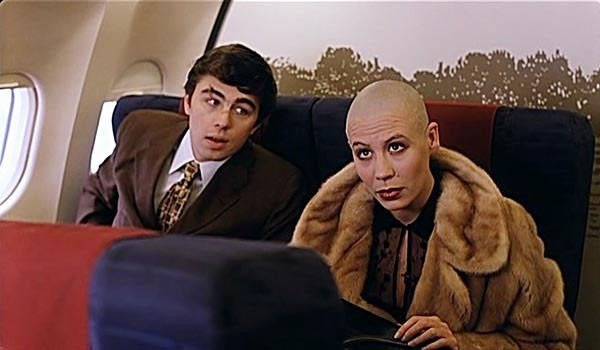
IT’S A MUSICAL TIME CAPSULE
Much in the tradition of genre-breaking ‘youth movies’ (such as Sergey Soloviev’s ASSA from 1987, which included several live rock musical numbers) Brat’s creators used their friendship with the biggest post-Soviet rock bands to give the movie it’s trademark dark vibe. Vyacheslav Butusov, lead singer of Nautilus Pompilius, was invited by Balabanov to perform at the concert the protagonist visits – they were childhood friends from Yekaterinburg, and Balabanov promised Butusov a music video if he performed in his new project. One of the first rock bands to ever perform outside the USSR, Aquarium, and the chart-topping rockers Chizh&Co also appear in the movie, but it’s Nautilus’s moody, post-punk sound that is most often associated with the Brat films. The same year that Brat came out on VHS across Russia, Butusov disbanded Nautilus, which makes the movie a true musical archive of that tumultuous time.
“Brat’s ‘Goodbye, America’ isn’t a xenophobic war hymn, it’s a lullaby for failed dreams, a farewell wish to a country that one never had a chance to prosper in”
IT’S A STREET FASHION CHRONICLE
“Your Walkman’s real fine, but you’re dressed like a sucker”, is how street kid Cat describes Danila’s style. The word she uses to insult him, “obsos”, is itself something of an anachronism, meaning a slob, a loser. Danila’s trademark stretched-out, greyish-yellow sweater was purchased by the film’s art director Nadezhda Vasilyeva, at a thrift store for 25 rubles (a US dollar in 1997 equalled 5,785 rubles).
The film captured the Russian street style of the time perfectly; the street punks, trying to emulate Western culture, chasing after the latest technology and hip hop-influenced fashion, the protagonist, barely scraping by with his sweater and windbreaker, and the mobsters, decked out in red Versace suits, black coats and gold chains.
Actor Sergey Murzin, who portrayed the movie’s wisecracking, antagonistic mob boss Krugly, picked the character’s outfits himself – something he did so well, in fact, that a local crime syndicate parked a brand new Buick outside of his house one night. They considered the fact the actor drove a clapped-out Soviet VAZ-2105 (the ‘Pyatyorka’, a five-door Lada) a personal offence.
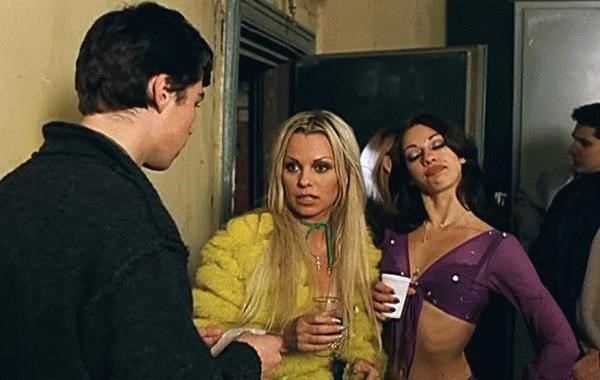
MOST IMPORTANTLY, IT’S THE SWAN SONG OF A LOST GENERATION
The main reason today’s youth might relate to Brat and Brat 2 is how well the two movies portray a disenfranchised generation; a generation of misunderstood, angry young people that are unwanted by their parents, their government, their own people. The young characters of Brat are damaged – seemingly beyond repair – by war, poverty, crime, and cruelty, and as Bodrov’s character finds out in the film’s sequel, not only are they unwanted by their own country, but also the world and the countries they thought would accept them.
Brat’s “Goodbye, America” isn’t a xenophobic war hymn, it’s a lullaby for failed dreams, a farewell wish to a country that one never had a chance to prosper in. Yet, these characters of Balabanov’s – Danila, his brother Viktor, sex worker Marilyn – manage to survive, as their background and the suffering they went through has prepared them for anything life would throw at them. Both Balabanov and Bodrov have long passed away, but their legacy remains – a cinematic record of human survival against all odds, and a rousing view of Russia for the young Western audience today.
